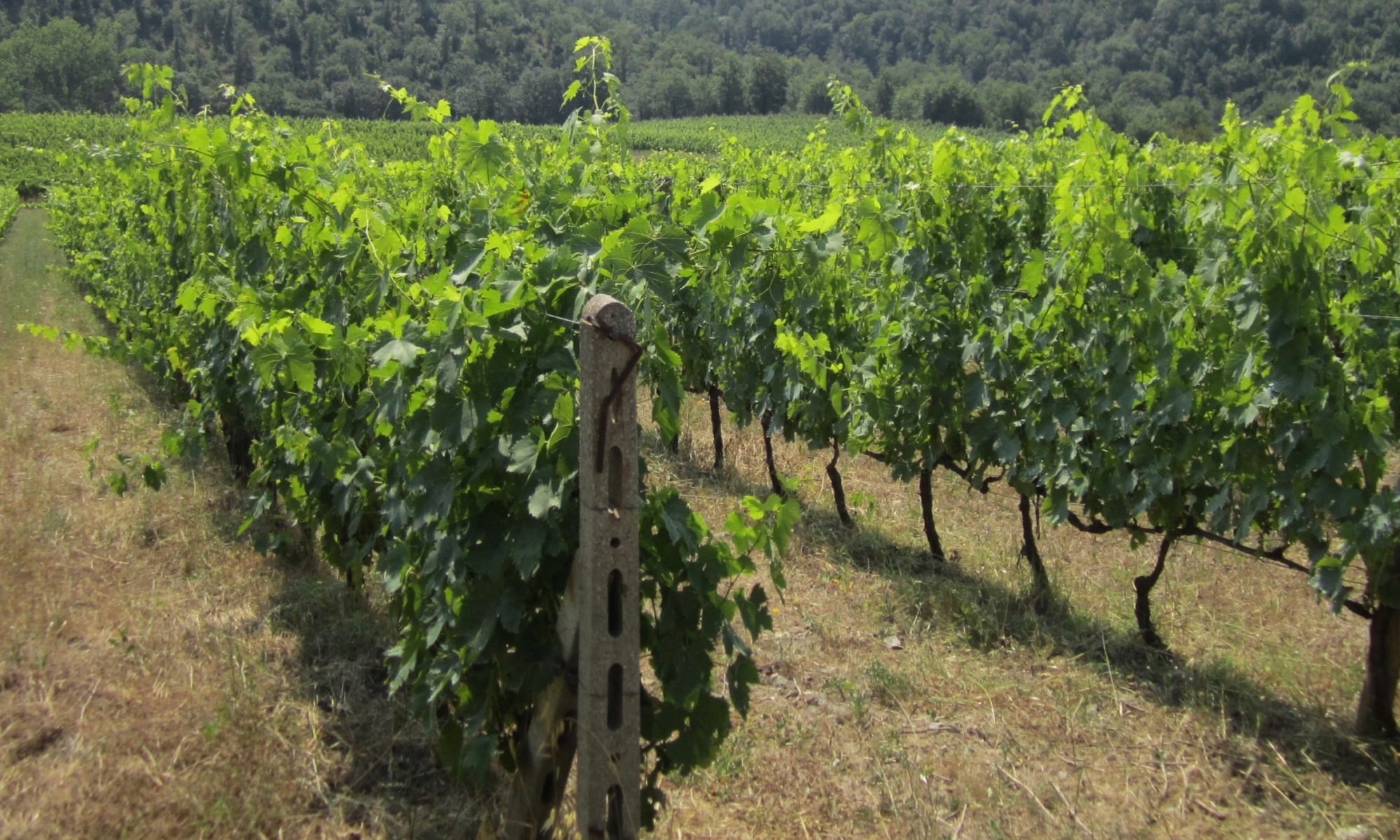Wine is produced from the fermented juice of the grapes of the Vitis Vinifera, a species of vine known to man for a millennium, and as its Latin name testifies, associated since ancient times with winemaking

A number of natural factors are crucial for the successful cultivation of the grape vine:
The Climate – Vines grow in the temperate climate zones, generally between latitudes of 30 and 50 degrees in the northern hemisphere and the 30 and 40 degrees in the southern hemisphere.
The Altitude – Vines thrive at 800 to 1,600 feet above sea level. Vineyards are rarely planted above 2,000 feet, but there are exceptions, such as Italy’s alpine Valle d’Aosta and parts of Chile where vines grow on slopes as high as 4,000 feet.
The Soil – Soils types have a determining effect on the character and quality of wines. Grapes from vineyards in sandy or siliceous terrains generally produce lighter, fresher wines to drink young, while those from calcareous clay soils make wines that are richer in body and better suited to aging.
The Latitude – In cool climate zones grapes ripen best on south-facing slopes with good exposure to the heat and light of the sun. Well-ventilated sites help to prevent the formation of mold on the grapes. Night-day temperature variations, found especially on higher slopes, favor the development of aromatic substances in the grape.
Grapes grow in bunches of varying size, consistency and color. The bunch has a stalk that makes up 3%-5% of its weight. For the purposes of wine making, the grape has three essential components:
The skins – 6%-10%
The color of a wine derives from the substances contained in the skins of the grape (yellow pigments are contained in both light and dark grapes; red pigments only in red grapes). The skins also contain tannins and yeasts, the mono-cellular fungi responsible for the fermention of grape juice.
The pulp – 82%-90%
The pulpy interior of the grape contains a juice composed of water, sugars, acids, mineral substances and vitamins. The pulp is white on both red and white grapes with the exception of the Alicante which is a a teinturier, a grape with red flesh.
The seeds – 2%-4%
The pips of the grape are rich in tannins and oils. Only a few grape varieties are suited to produce fine quality wine, and each wine grape has its own unique combination of characteristics including color, size, skin thickness, acidity, yield per vine, and flavors.
While many grape varieties are used to produce wines, only a few grapes have distinguished themselves as suited for the production of fine wine. Even these “noble grape varieties” must have the right micro-climate and be treated with the correct wine making techniques to live up to their potential.


